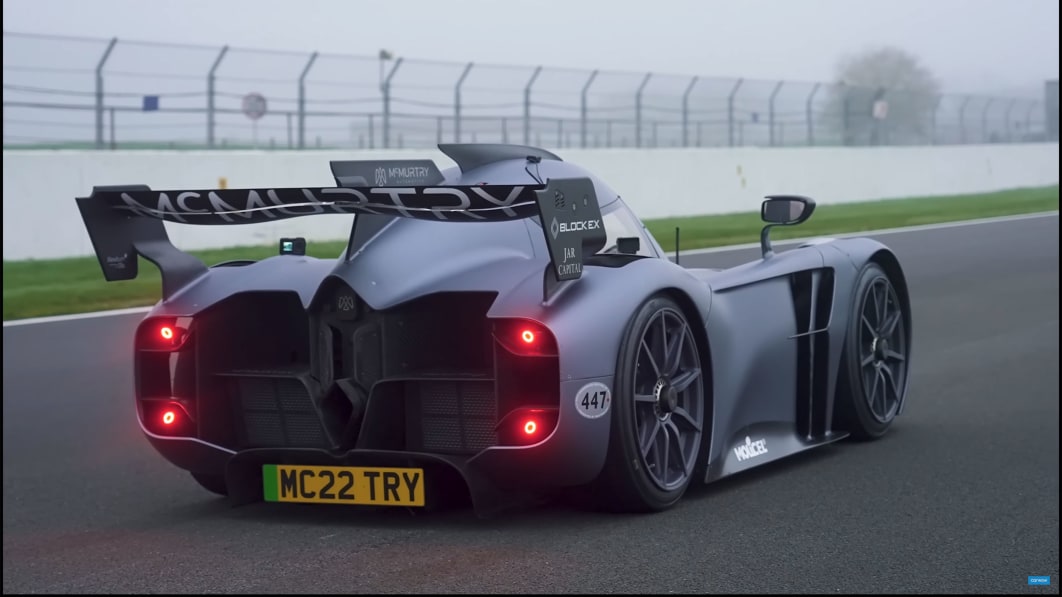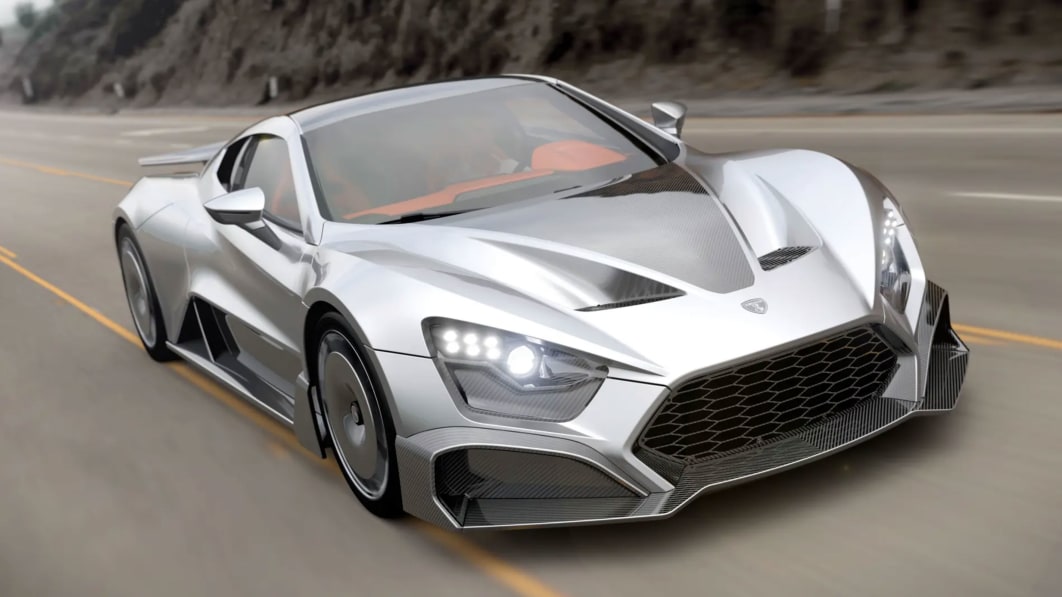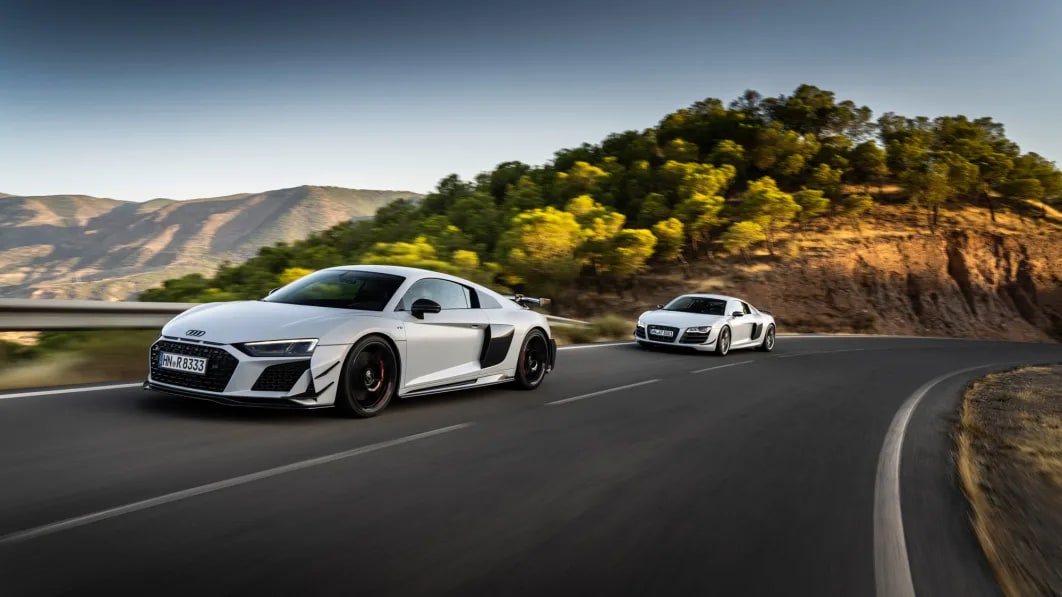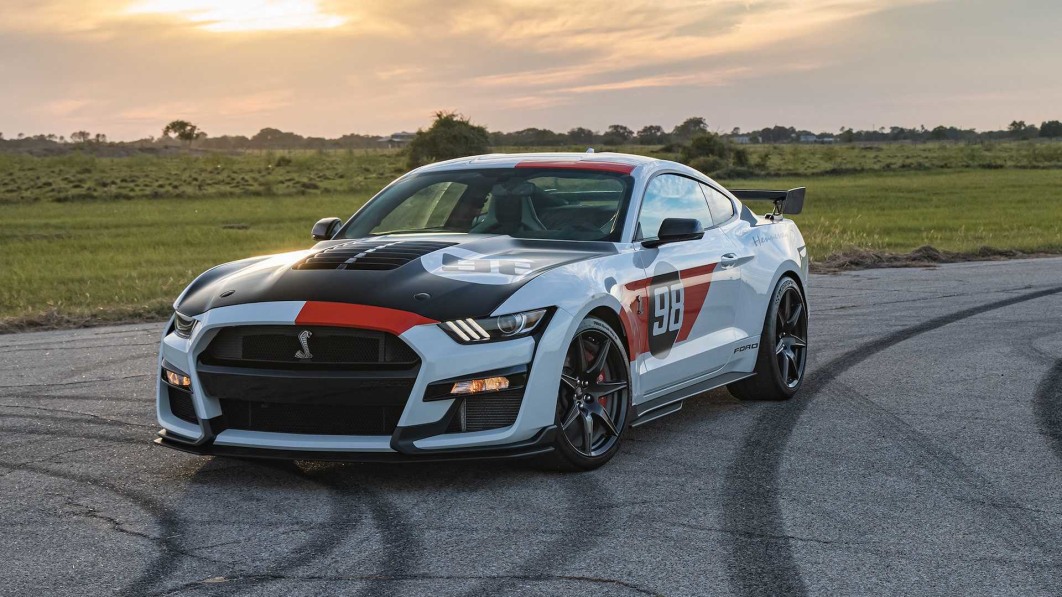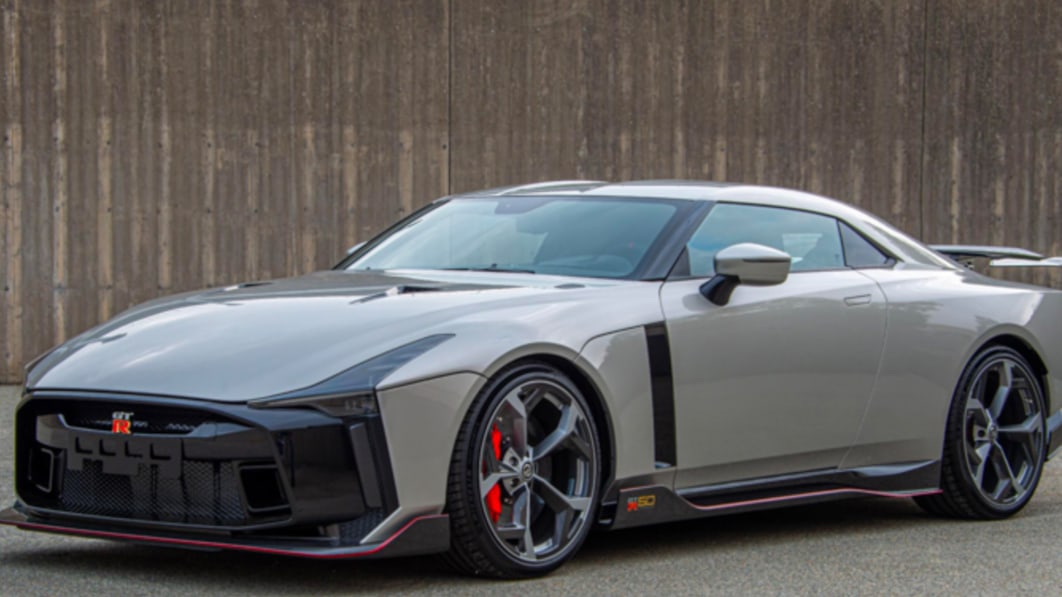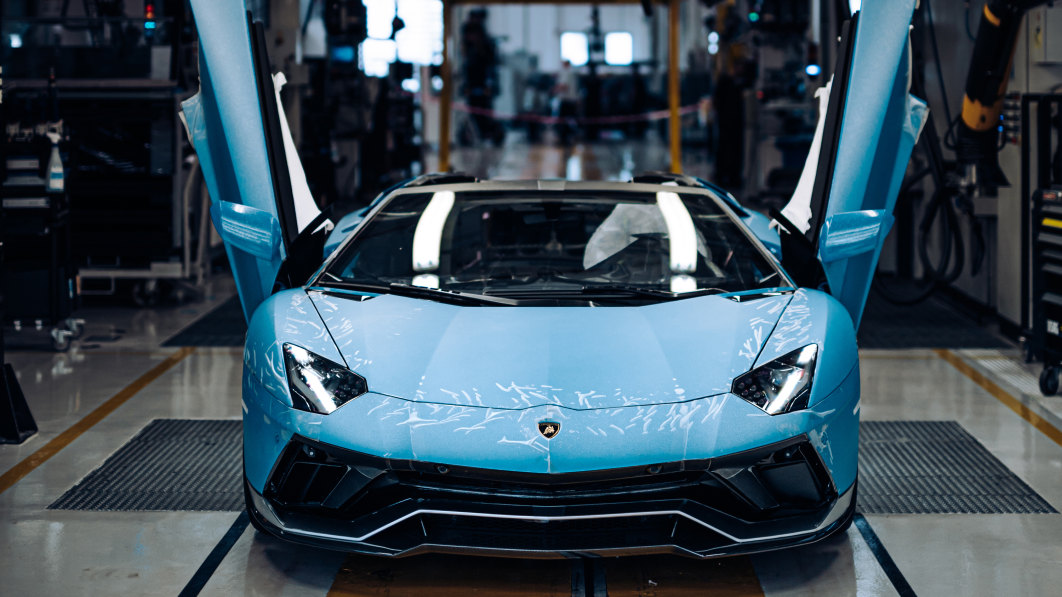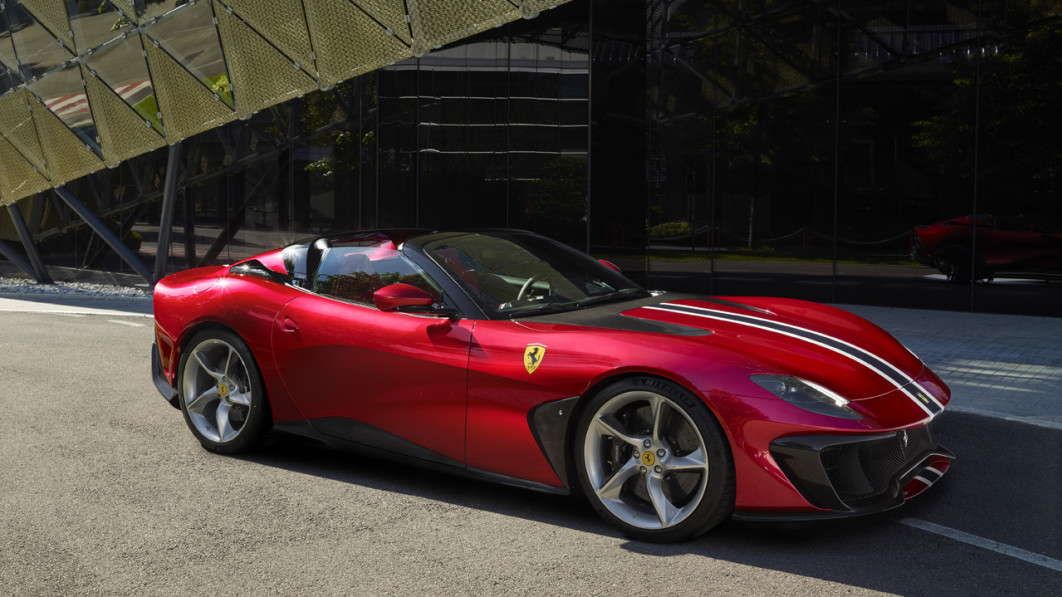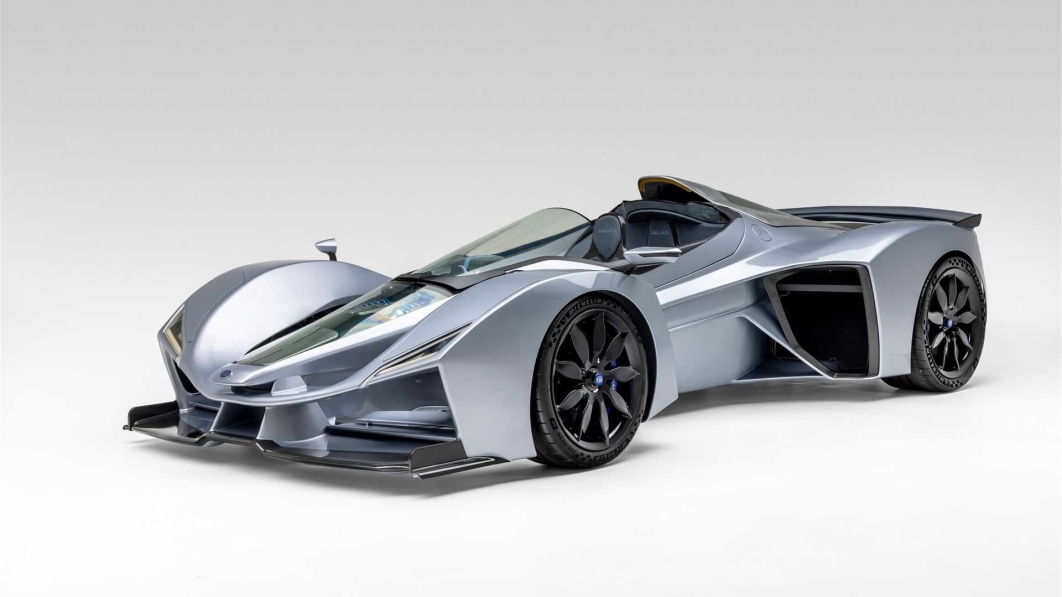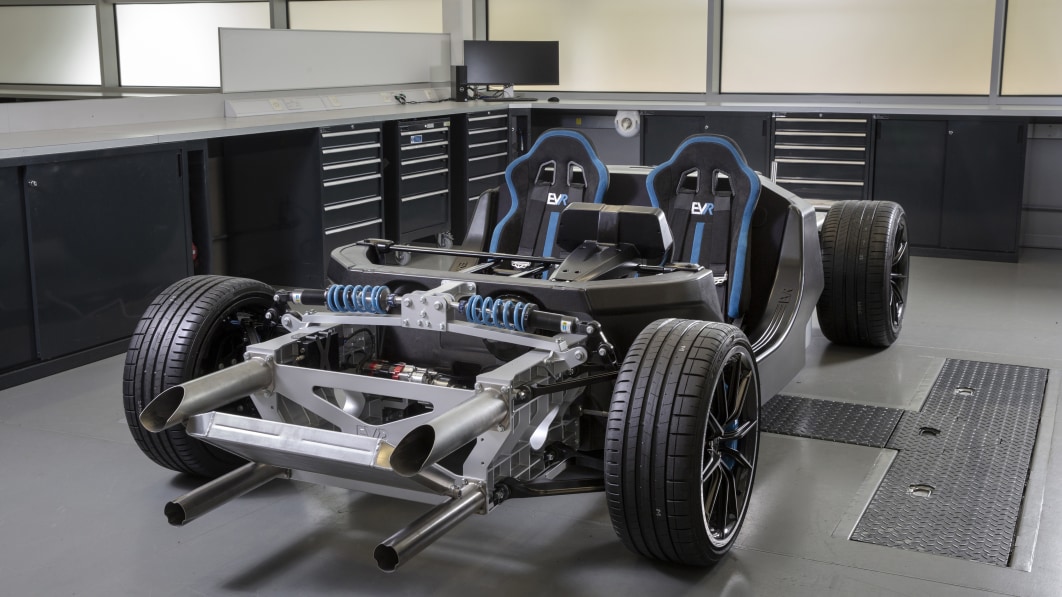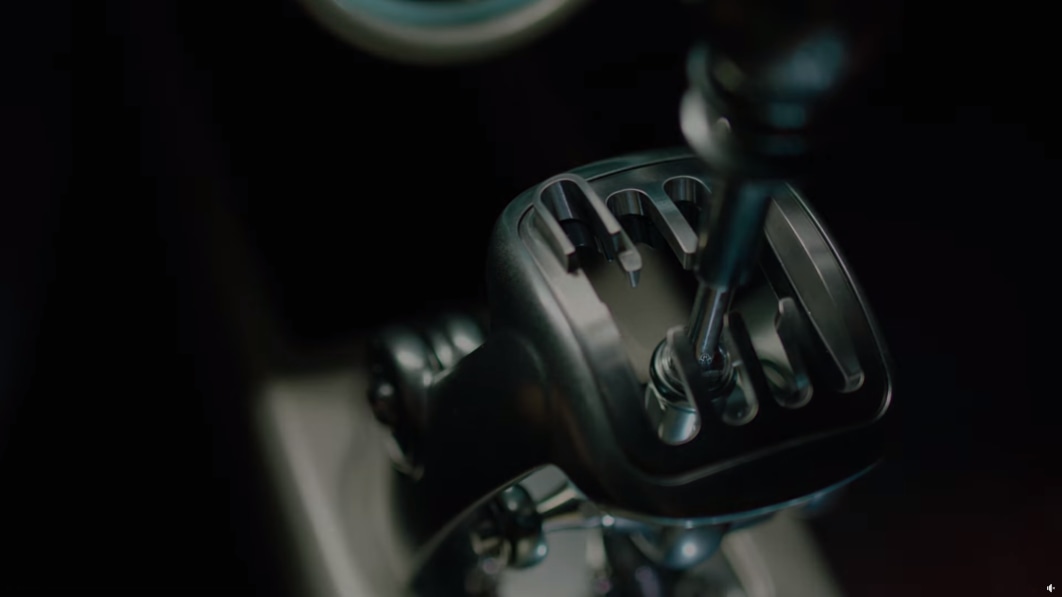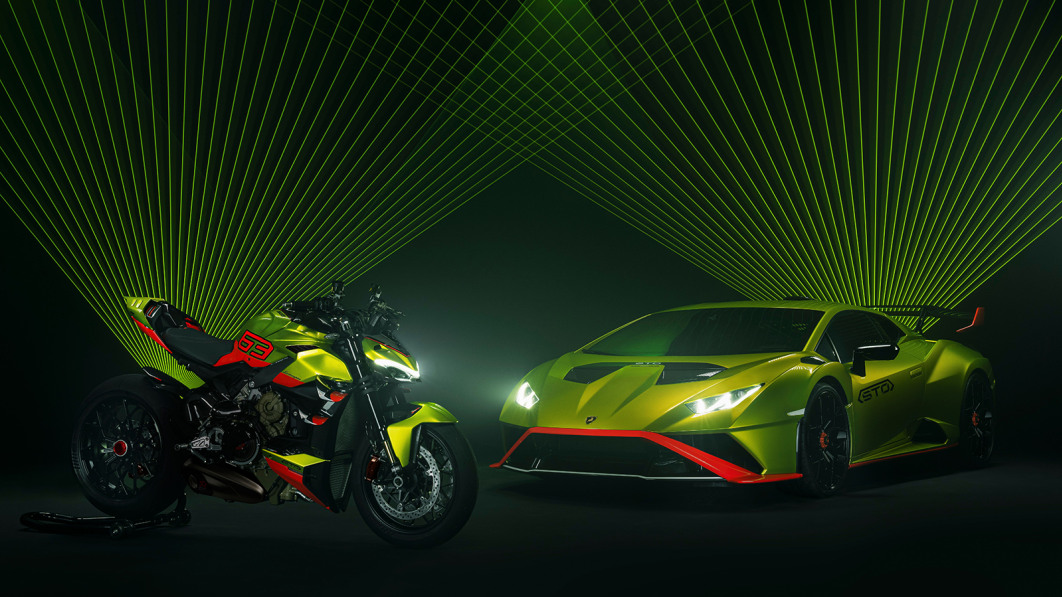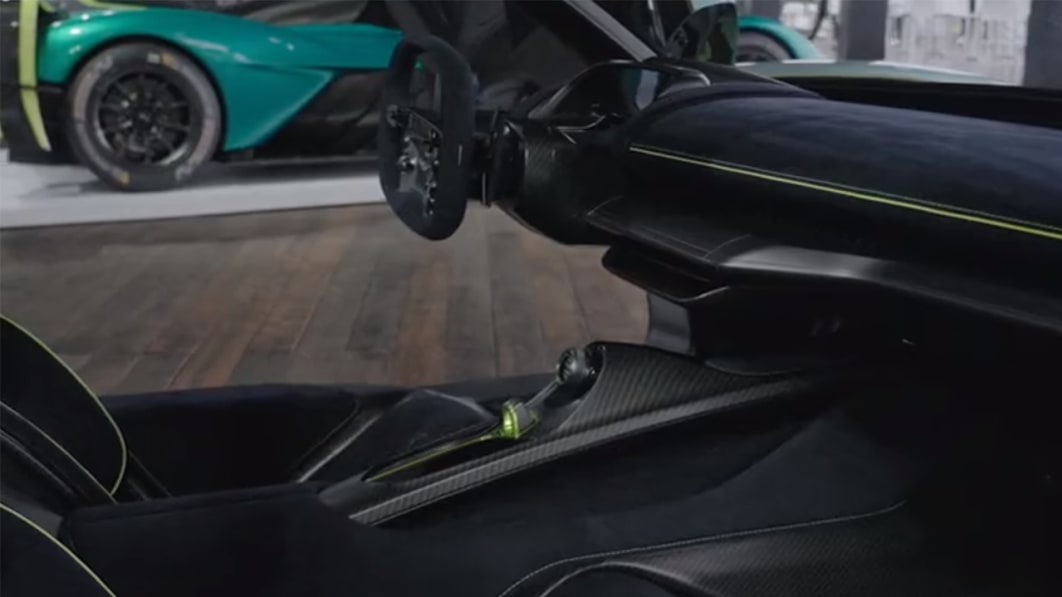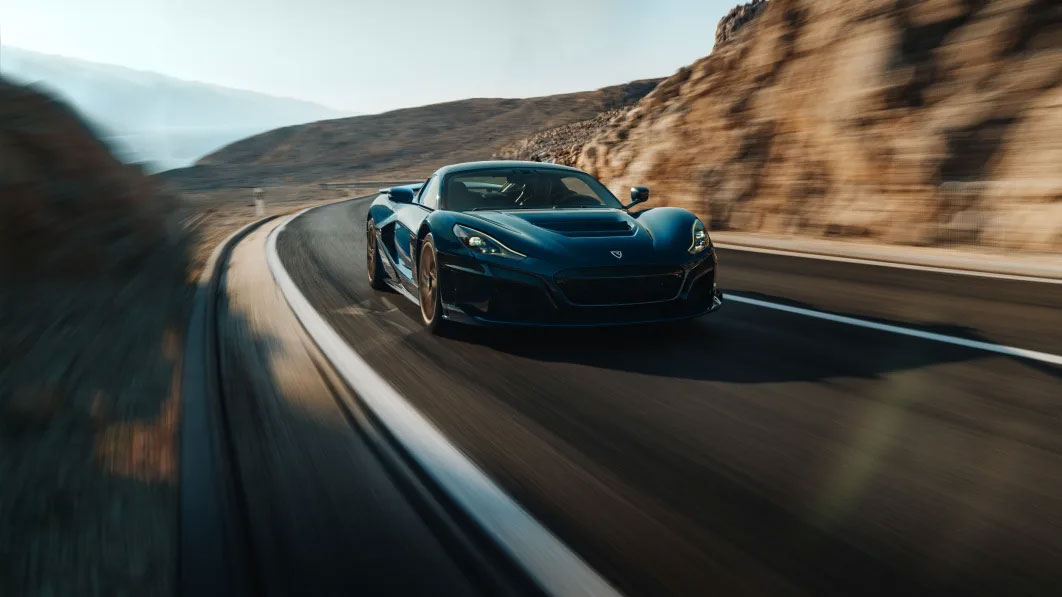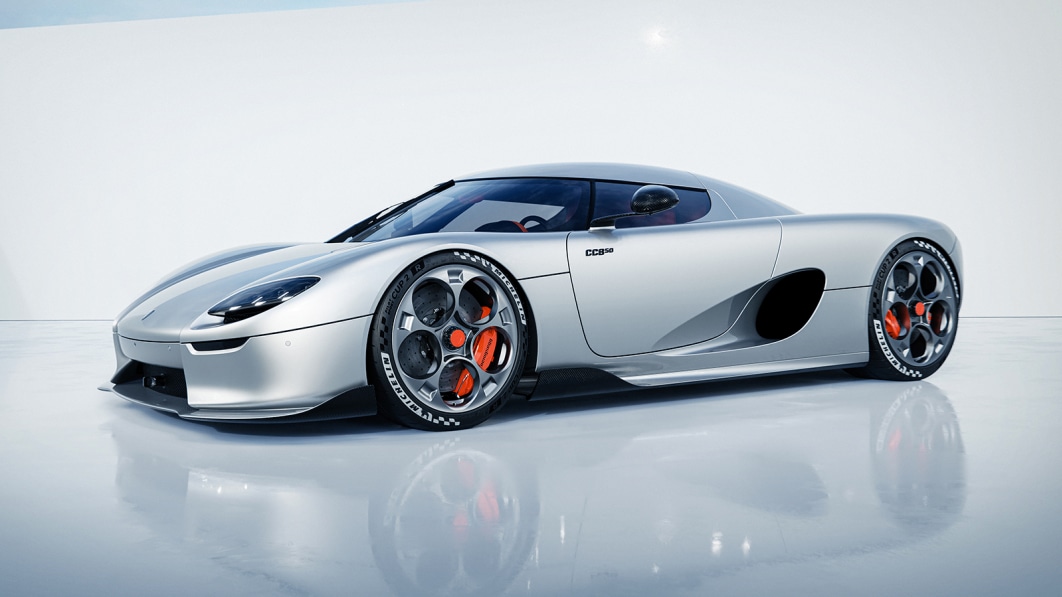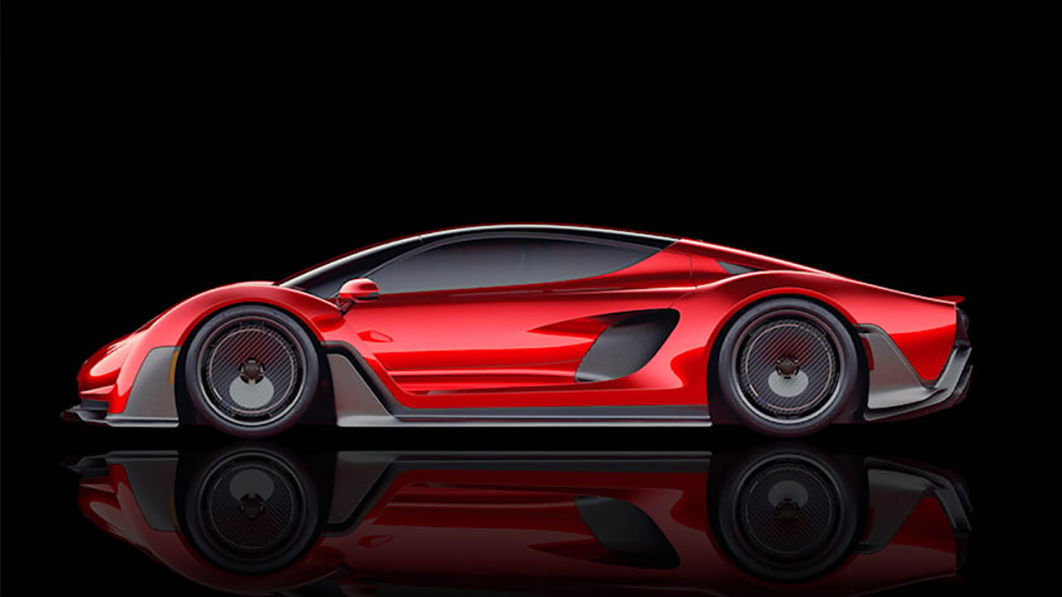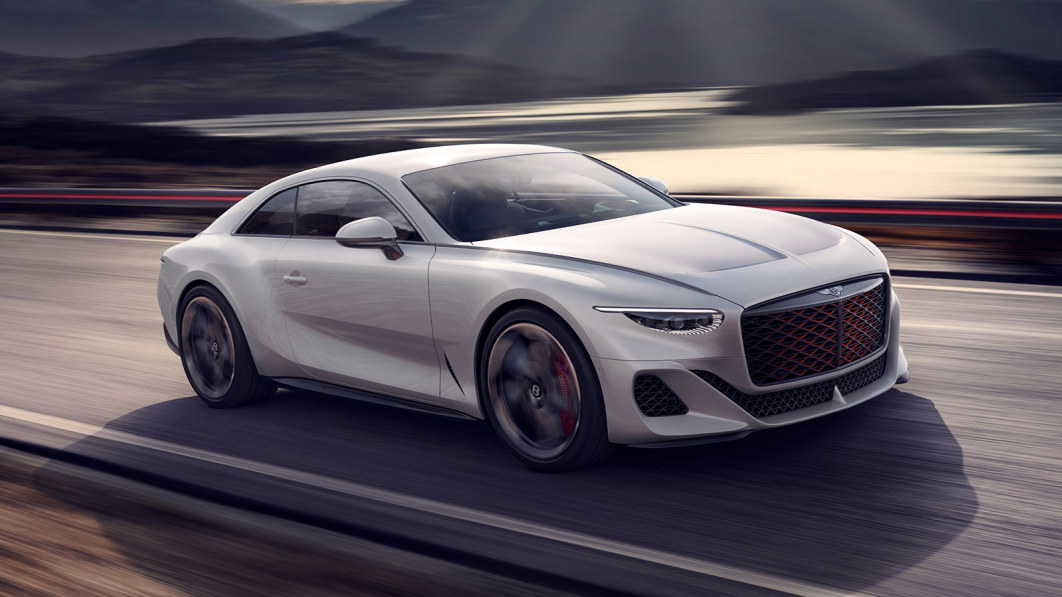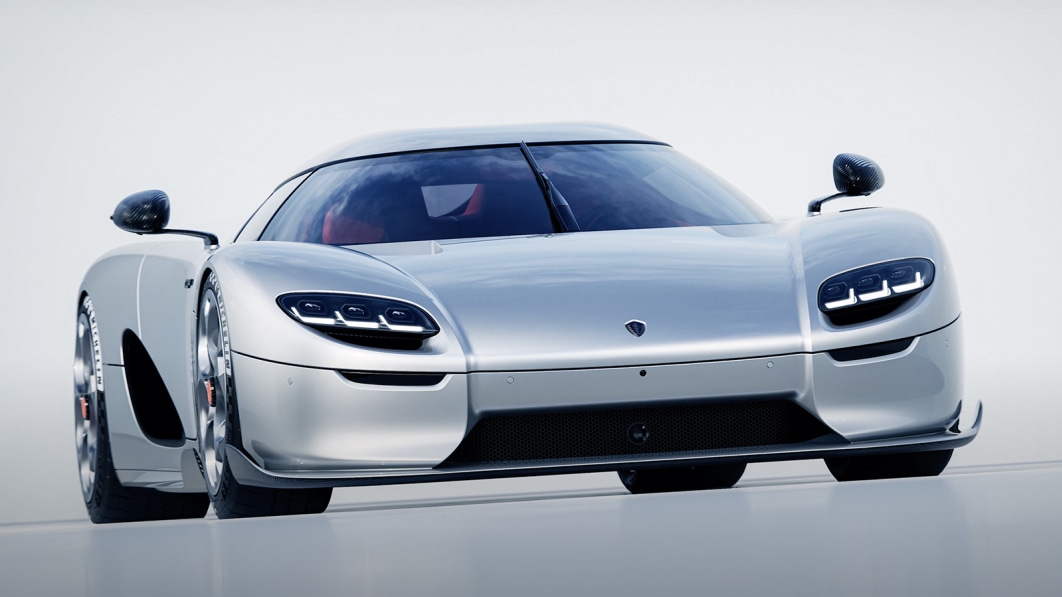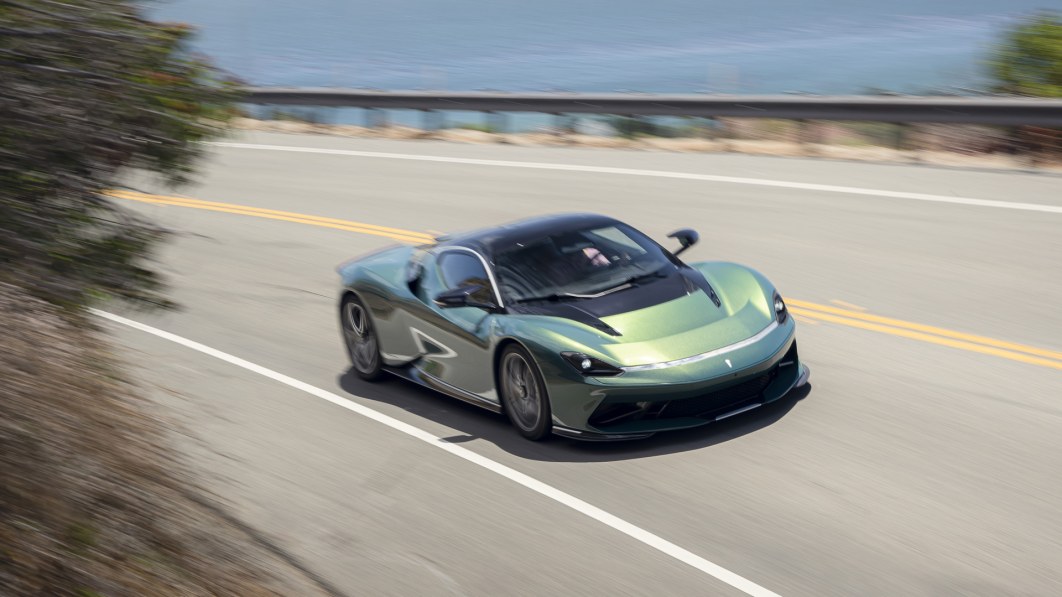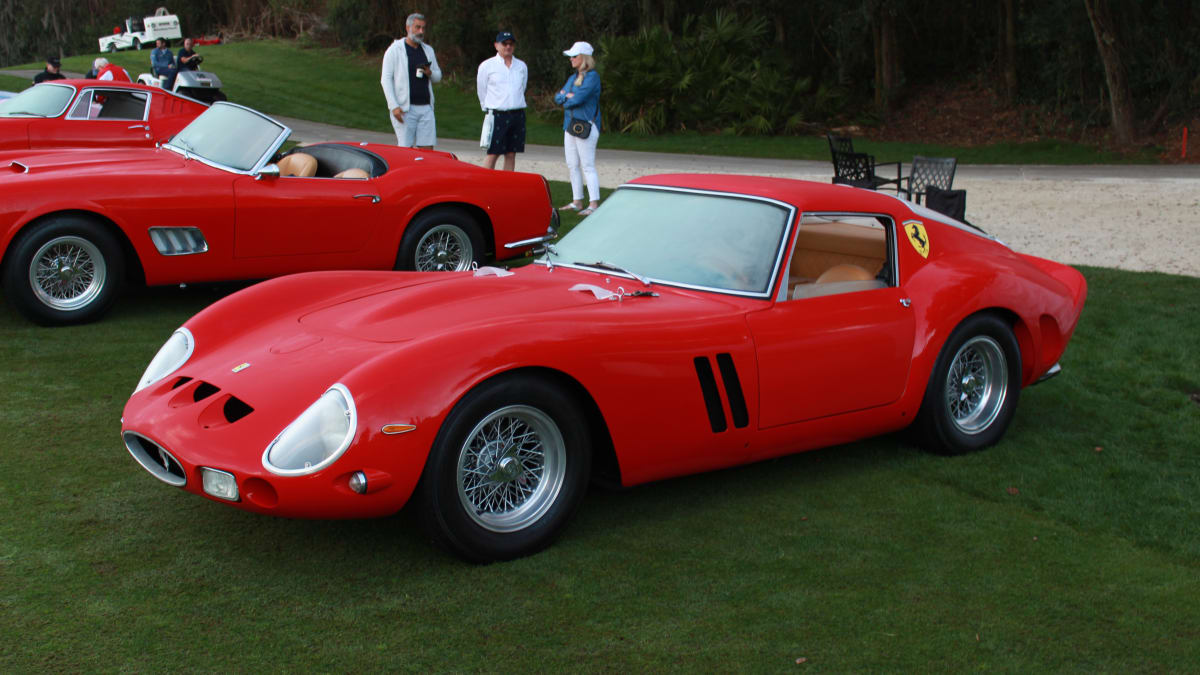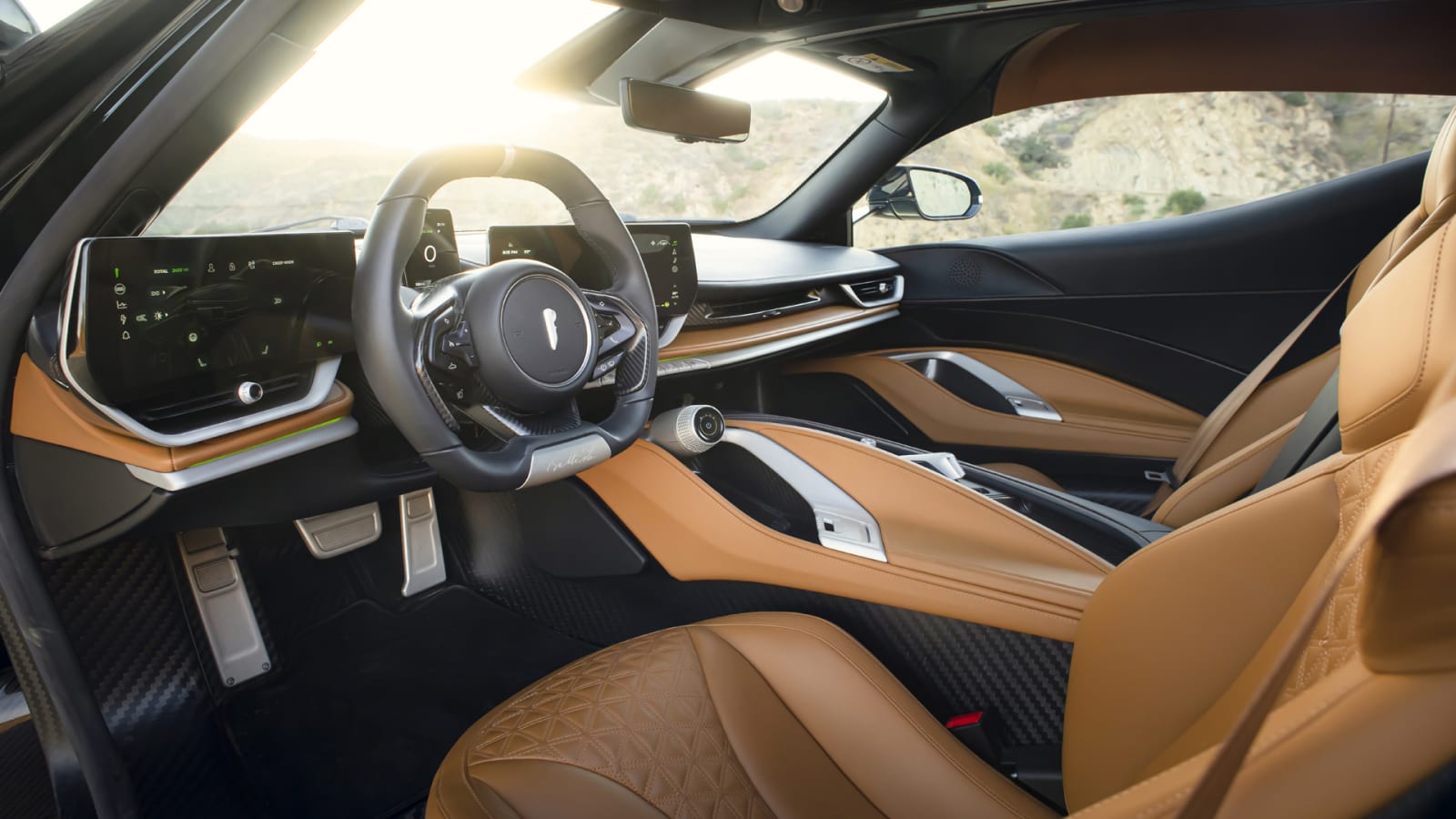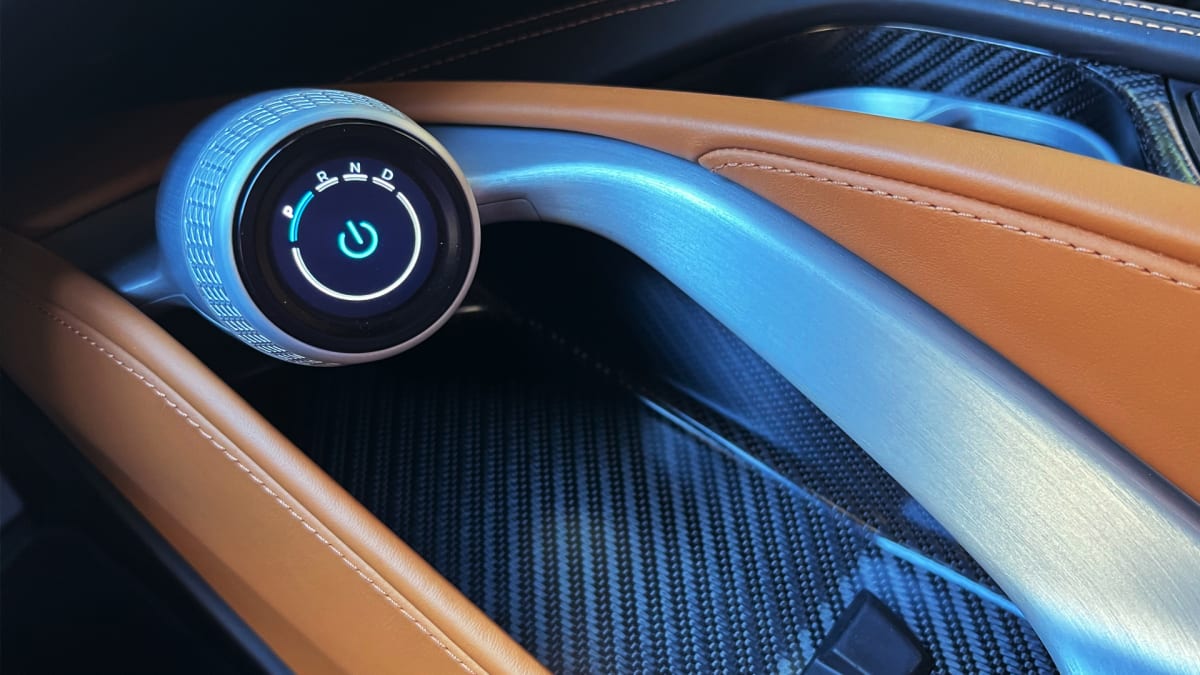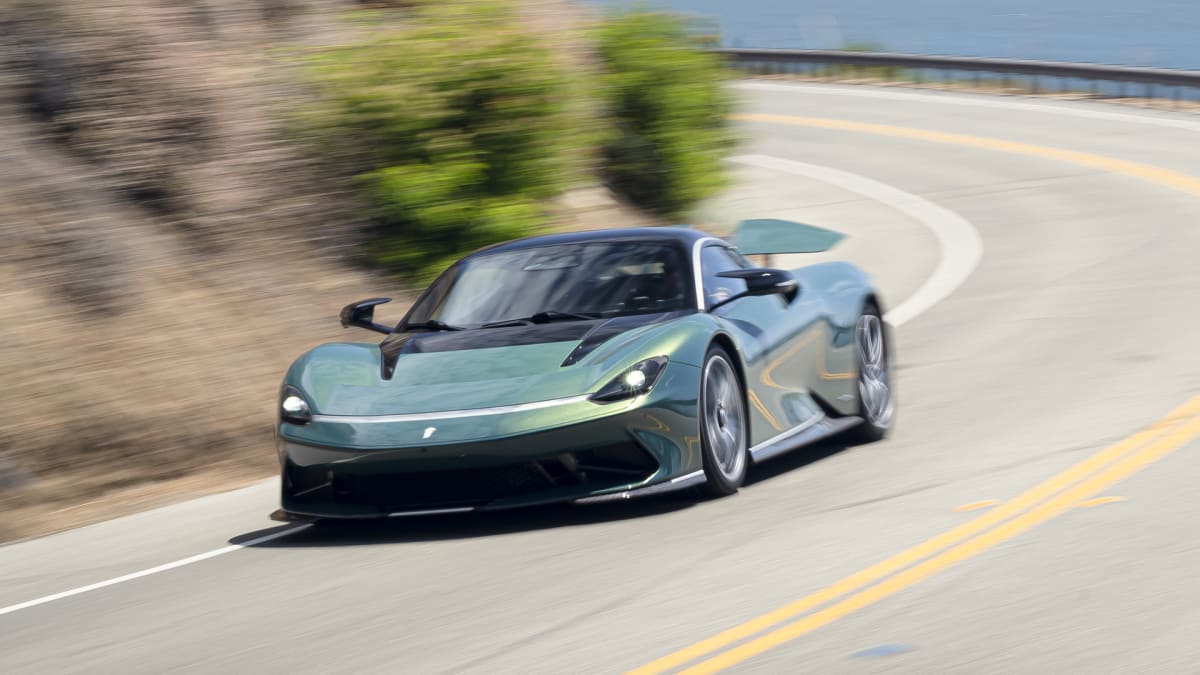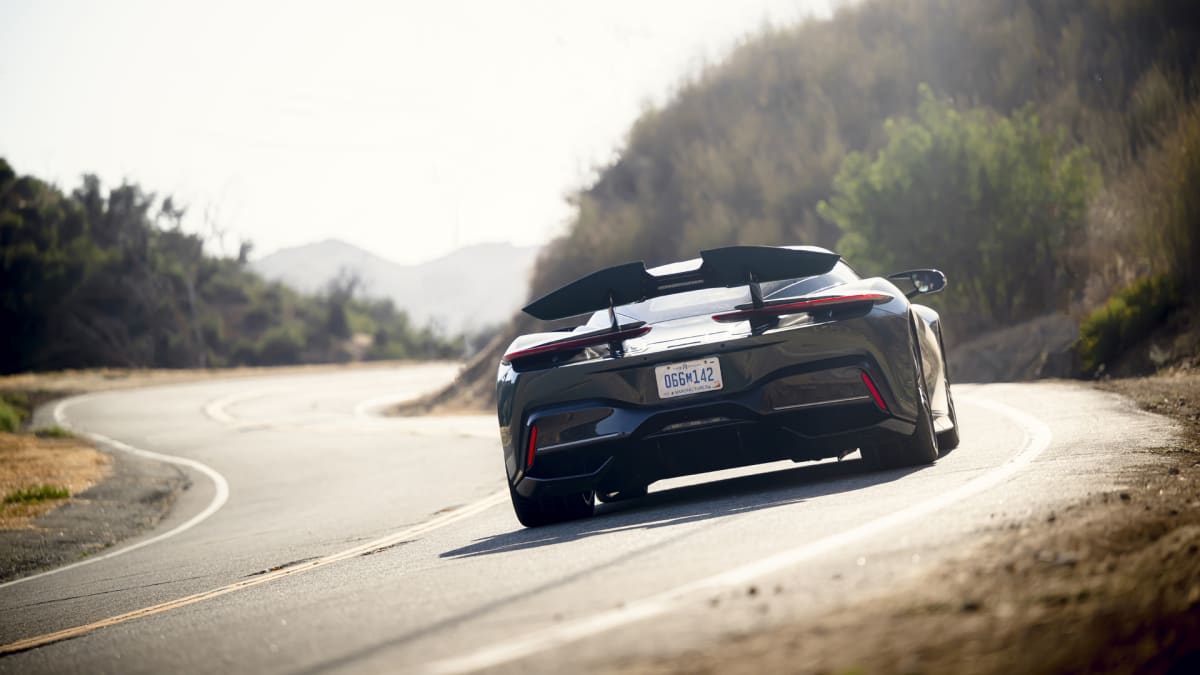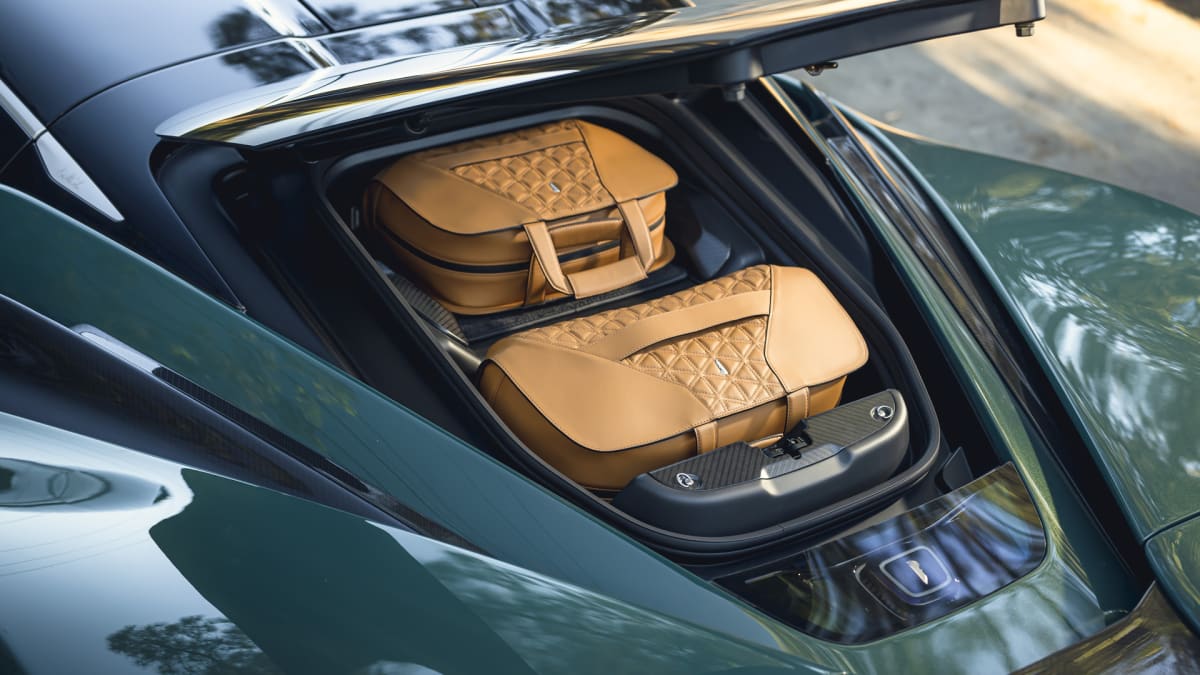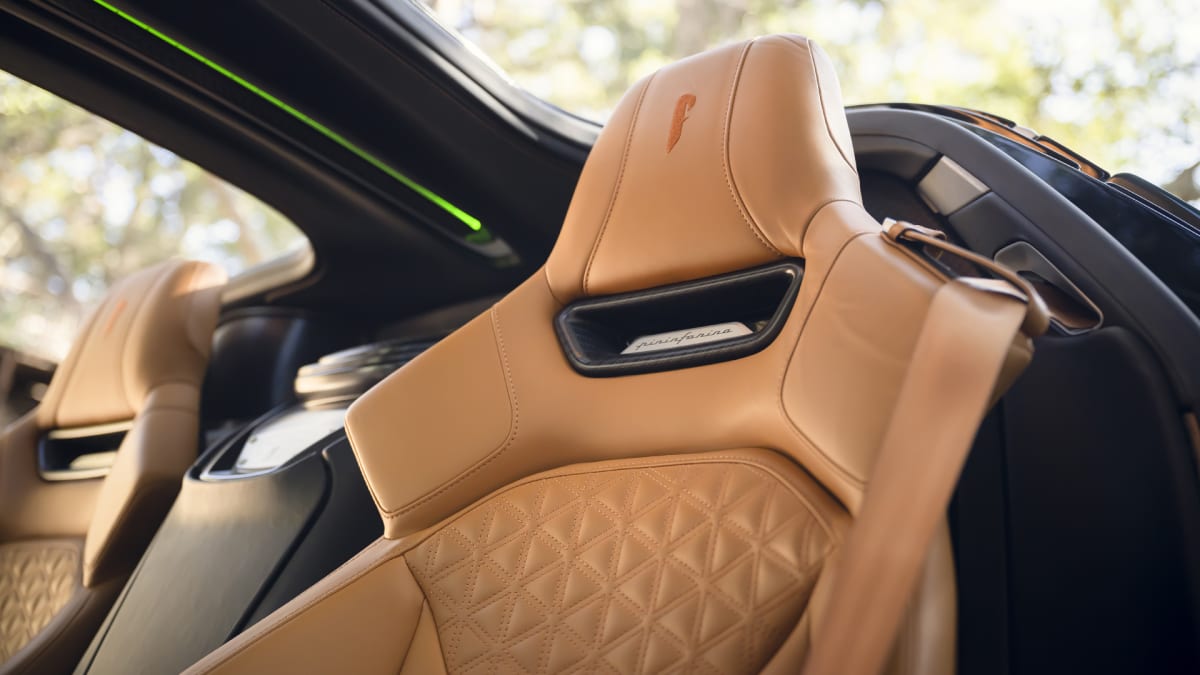MALIBU, Calif. — The all-electric Pininfarina Battista throws around some impressive numbers. Power output in the 1,900-horsepower neighborhood. A 0-to-60 time of less than 2 seconds. A range estimated to be 300 miles. A starting price of $2.2 million. All of that might invite the names hypercar or supercar, but that would imply it’s harsh and unforgiving. Instead, Pininfarina defines the Battista as a hyper GT, giving it the otherworldly power and performance of a hypercar while remaining comfortable enough to take on a road trip.
That’s a tall order for any vehicle, let alone the first car produced by a new manufacturer. After spending an afternoon with the Battista on some of our favorite roads above Malibu, we can definitively say that their boldness has paid off.
![]()
![]()
Automobili Pininfarina is the new manufacturing offshoot of the Carrozzeria Pininfarina design firm that has penned some of the most iconic cars in history. These include the 1947 Cisitalia 202, which is regarded as the first car that integrated fenders into the rest of the bodywork. Then there are icons such as the Fiat and Alfa Romeo Spiders (above right) along with the nouveau-classic Cadillac Allante. But it’s Pininfarina’s association with Ferrari that is most notable, including most of the 250 GT line (above left), Daytona, 512 BB, and wild 1980s Testarossa.
The Battista is named for Battista “Pinin” Farina, who founded Carrozzeria Pininfarina in 1930. A lot of its battery, chassis and motor componentry comes from Rimac, the nascent Croatian electric supercar maker that recently paired with Porsche to take over Bugatti.
The Battista’s exterior styling certainly has echoes of Ferrari, and really, can you think of a better compliment? As an all-electric vehicle, it doesn’t have the same kind of cooling and air intake needs as the gasoline-powered Ferraris and results in a cleaner and more elemental shape. The design is still aggressive as hell, but less shouty, and that plays well with the hyper GT positioning.
![]()
![]()
![]()
Once you pop the dihedral driver’s door, you’re greeted by a rather narrow passage between the dash and seat. Getting in takes a bit more stooping and maneuvering compared to conventional sports cars, but there are certainly exotics that are more difficult to access. Pulling the door down doesn’t take much effort, but you have to give it a strong slam to get it to fully shut, making it a strong candidate for soft-close doors.
The seats are firm and have excellent side bolstering to keep you in place when cornering. There are also more aggressive racing shell-type seats available, but in our estimation, unnecessary. Your feet can extend mostly straight ahead since front wheelwell intrusion is minimized. We haven’t even moved yet and the Battista is already fulfilling part of its hyper GT promise.
The cockpit is modern and minimal, with two horizontal touchscreens flanking the steering wheel and a phone-like display in the middle that displays speed and other primary information. Off to the sides, at the 5- and 7-o’clock positions, are two dials. The left selects drive modes and the right is the start button and gear selector. The cabin is cozy but not confining, and has a good amount of lateral space.
The Battista is already activated as we get in, a fact indicated by the subtle high-pitched whine and fan noises, much like a jetliner running on its auxiliary power unit as you find your seat. Foot on the brake and a quick spin of the right dial puts it in drive. A little pressure on the throttle and the Battista starts to roll forward on the gravel valet circle. Once on the broad, sweeping roads in the Santa Monica Mountains, it’s striking how well-mannered a 1,900-hp car can be.
![]()
![]()
We’re in the Pura (Pure) drive mode, which seems equivalent to a default comfort mode. It’s easy to drive, with no fear that you’ll accidentally overdo it and spin into a ditch. At the same time, it’s way more potent than most drivers will ever need. In this way, it’s as approachable as a 911 Carrrera 4S and we fantasize about an alternate reality where this is our daily driver.
The ride is stiff, but not punishing. There’s a lot of jostling over the pavement’s undulations, but the smart suspension keeps potholes from sending sharp jolts into your backside. You also hear every tire impact and slap over seams, along with the frequent ricochets of pebbles and debris off the undertray. There’s just enough harshness to remind you of its sporting potential and just enough compliance to consider driving it six hours somewhere.
Now that we’re acclimated, it’s time to turn up the performance. We skip the Calma (Calm) and Carattere (Character) drive modes, which equate to eco and individual modes, respectively. The Energica (Energetic) mode is what can be considered the sport mode. The ride gets firmer, the throttle response more immediate and the steering seems livelier. The synthetic driveline noises also get louder as you muster enough courage to give that pedal a proper stomp.
The Battista instantaneously obeys, launching forward with unstoppable determination. In a time when sub 3-second acceleration to 60 mph is considered increasingly normal, the all-wheel-drive Pininfarina still manages to impress as it’s estimated to hit 60 a whole second earlier. On the rougher sections of winding pavement, the suspension is just a bit too stiff. Mid-corner bumps will keep you alert and the larger whoops will have you thanking your racing school coaches.
![]()
![]()
Selecting Furiosa activates an equivalent race or track mode, unleashing the full power output and relaxing the driver assists. It’s every driving trope wrapped up in one. It goes to 11; face-warping acceleration; you’ll see the grim reaper and he’ll give you a thumbs up; pick your favorite exaggeration and it applies here. Off the line, the Battista launches hard enough that your vision gets blurry. There’s a slight side-to-side squirm that also indicates you have indeed found a limit and you should proceed at your own peril. It’s unyielding and unforgiving when provoked, and that’s precisely what we wanted on the high end.
The range of comfort and performance afforded by these drive modes is vast. The Battista does indeed warrant the new hyper GT classification. But it’s also so much more. The details could keep us yammering on for days, but we’ll try to pare it down to a few paragraphs.
The interior features an abundance of impeccable leather surfaces, and those hides are sourced close to the Cambiano, Italy, factory. They’re tanned using more environmentally friendly methods that somehow involve local olive leaves. There aren’t any vegan alternatives as Pininfarina says production of those materials have their own chemical drawbacks. The aluminum trim elements aren’t cast, they’re machined from solid billets. They’re attractive while not going as over-the-top as in a Pagani.
On the outside, the charge port is at the center of the tail, a move that Chief Design Officer Dave Amantea lobbied for and won. It keeps charging cables from being draped over the carbon fiber bodywork and is easily accessible. A Pf logo between that port and the trunk (yes, there’s a trunk) illuminates when charging and the outer frame of the badge shows the charge state so you can know with a quick glance how much juice is left.
![]()
![]()
The glass trunk lid is power deployed and closed. Its stepped floor makes it difficult to load even a paper bag full of groceries, but Pinifarina offers a custom set of luggage that fits perfectly and can be upholstered to match the rest of the cabin. The price? Try $20,000, or the equivalent of a new Nissan Sentra.
There’s even a pragmatic side to the Battista, as you can add a five- or 10-year maintenance program and extend the warranty coverage for the massive 120-kilowatt-hour battery pack to 10 years. Then there’s the Eterna program that offers a replacement body parts kit that is painted at the same time as your Battista. Take a moment to let that soak in because we’re already imagining the most amazing garage wall art.
As Paolo Dellachà, Pininfarina’s Chief Product and Engineering Officer was eager to point out, these programs enhance the ownership experience and also increase the value of the Battista. Considering production is capped at 150 examples and no two will be allowed to be identical (unless, we suppose, you buy two!), there’s no doubt it’s an instant collectible that should only increase in price. As a fully electric hyper GT, may also be more future proof than the current raft of internal-combustion supercars.
Trying to remain impartial and objective during this review is a challenge, but with a sub-orbital price of $2.2 million, most normal sensibilities are obliterated. This is one of those cars that have you questioning past life choices or pondering how much you could sell a kidney for (you can’t, it turns out). The few nitpicks are limited to the hard-to-shut doors, a distracting reflection from the dash top in the windshield, and the tedious infotainment screens that you have to use to even adjust the seats. These drawbacks are as easily dispatched as any vehicle trying to keep up with the Battista.
Related video:


